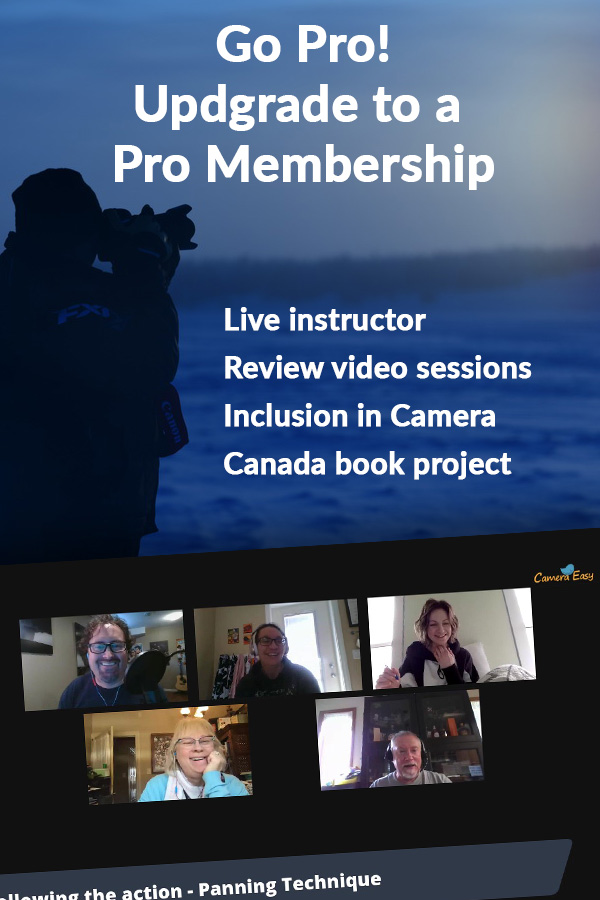Intro course lesson 4
Setting the Big Three
ISO, APERTURE & SHUTTER SPEED
Setting the ISO, Aperture and Shutter Speed
Before we run, we learn to walk. Long before we start taking great photos we need to know what our fingers need to do.
Setting the Big 3
When you break a camera down to its key components they are all the same. Camera’s only have three big items that we can control. Your fingers need to know how to adjust the Big 3 of ISO, Aperture and Shutter Speed.
Setting the ISO
In every shooting situation, we set the ISO first. Each camera model will have its own way of setting the ISO. These are the most common cameras, however if your camera is not listed then check the manual to determine how to set the ISO.
[Best_Wordpress_Gallery id=”16″ gal_title=”Setting the ISO”]EXERCISE: Set the ISO to 100. At ISO 100 you will get the highest quality images, however, you MUST have a lot of light. ISO 100 is for shoot outdoors during bright conditions.
EXERCISE: Set the ISO to 1600. At ISO 1600 you will be able to shoot in low light without a flash. ISO 1600 is used when shooting the night sky, indoors under artificial light and anytime the light is low and you cannot use a flash. At 1600 the quality of the image drops and you will notice more ‘noise’ in the image.
Setting the Aperture
Each camera model will have its own way of setting the aperture while in Manual Exposure Mode. These are the most common cameras, however if your camera is not listed then check the manual to determine how to set the aperture.
[Best_Wordpress_Gallery id=”14″ gal_title=”Setting the aperture in Manual Mode”]
EXERCISE: Adjust the aperture to f16.
Note: On Canon Pro Series cameras, you will only see the number 16 and not the letter f.
Note: Some camera/lens combinations will limit the aperture and you may only be able to get to an f value of f8. This is fine.
If you are feeling sufficiently confused by this point, please don’t panic. It will make more sense as we move through the next few lesson. At this point we are only really worrying about making sure our fingers know HOW to change the aperture settings, not necessarily WHY.
EXERCISE: Now adjust the aperture to the LOWEST number you can get to. Generally the smallest number will be in the f2.8 – f5.6 range.
Note: The smallest aperture number is determined by the lens, not the camera. Generally speaking, the more expensive the lens, the lower the f number.
Note: We will refer to this lowest aperture/f number as the MAX aperture. The lowest number or MAX aperture is actually the LARGEST opening, allowing the most light into the camera.
This graphic shows that the highest aperture/f values (f22) are actually the smallest ‘windows’ into the camera and the lowest f values (f2.8) are the largest ‘windows’.

Setting the Shutter Speed
Setting the shutter speed is the easiest of the Big 3 to set. These are the most common cameras, however if your camera is not listed then check the manual to determine how to set the Shutter Speed.
[Best_Wordpress_Gallery id=”18″ gal_title=”Setting the Sutter Speed”]The magic of photography happens with the Shutter Speed. Set the ISO first, the aperture 2nd and then play with the Shutter Speed to adjust the exposure of your image.
EXERCISE: Set the Shutter speed to 1/4000 of a second. This is at one of the ‘fast’ shutter speeds. If you want to use a shutter speed of 1/4000 you will require a lot of light. 1/4000 is used for outdoor daytime sports, wildlife or really anything that require the action to be ‘frozen’.
EXERCISE: Set the Shutter Speed to 30″. This represents a half minute or 30 seconds. At one end of the Shutter Speed dial is 1/4000 which is an extremely fast Shutter and at the other end of the scale is 30″ which is the slowest end of the Shutter Speed scale.


